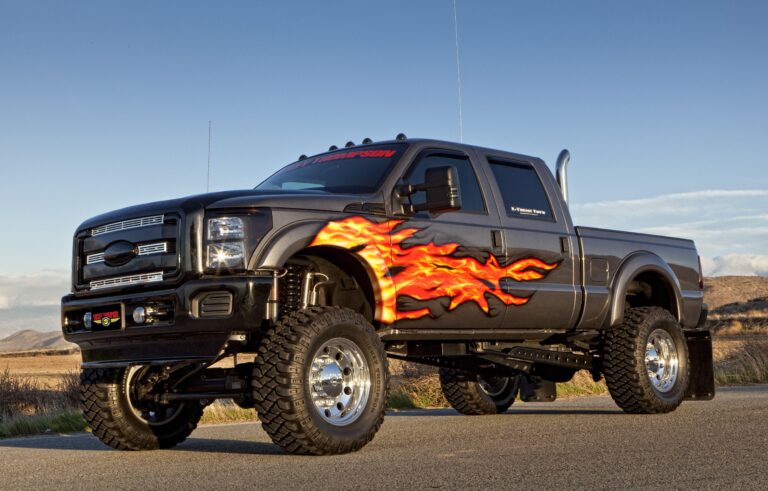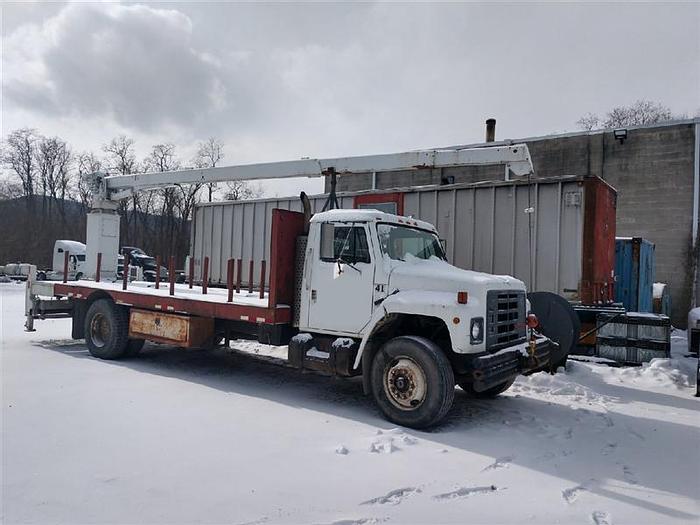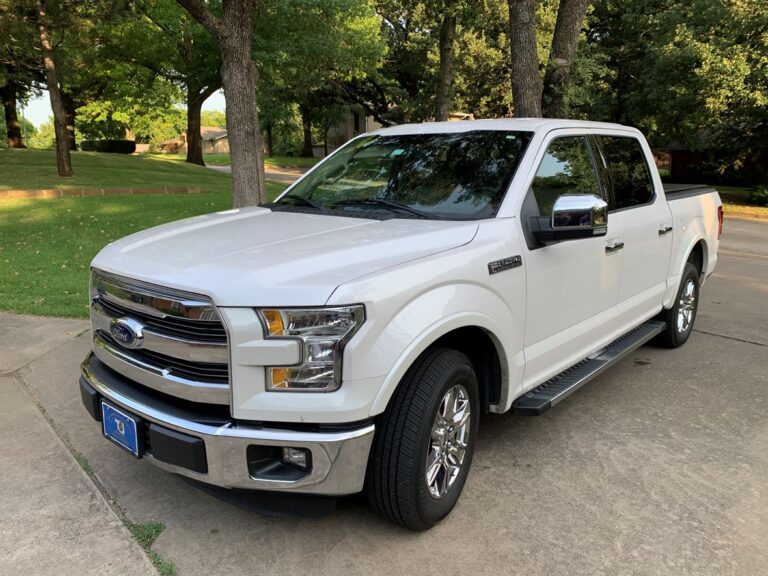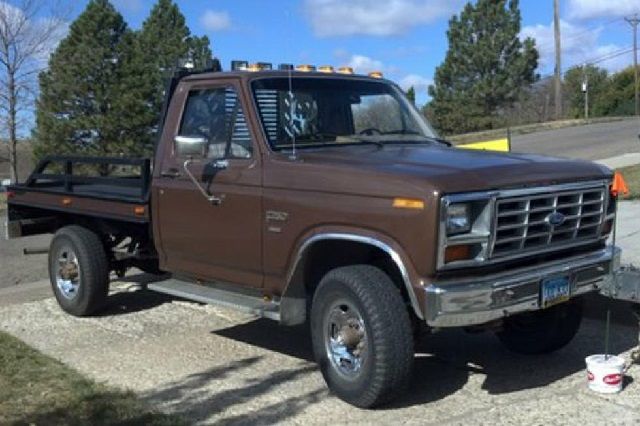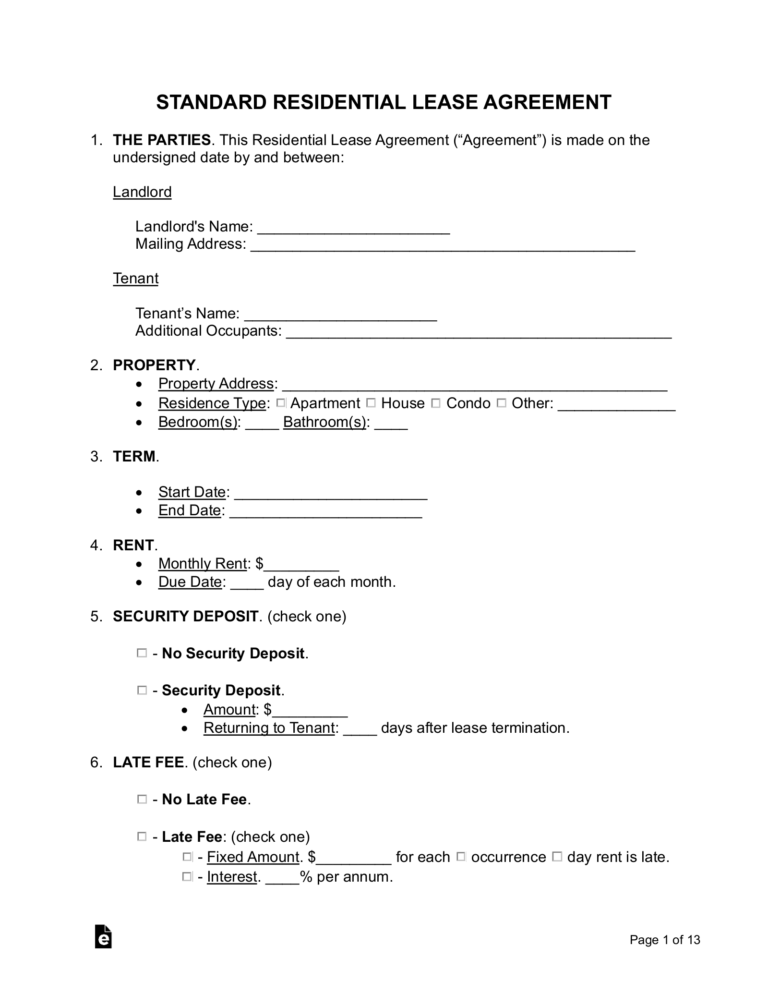The Indispensable Giant: A Comprehensive Guide to Trucks
The Indispensable Giant: A Comprehensive Guide to Trucks cars.truckstrend.com
From the bustling highways to remote construction sites, the truck stands as an undisputed titan of industry and a versatile workhorse for countless individuals and businesses. More than just a vehicle, a truck is a foundational pillar of global commerce, a vital tool for personal utility, and an engineering marvel designed to tackle the toughest tasks. Its importance cannot be overstated; trucks transport nearly 70% of all freight in the U.S. alone, linking manufacturers to consumers, raw materials to factories, and fulfilling diverse roles from emergency services to recreational hauling. This comprehensive guide will delve into the multifaceted world of trucks, exploring their anatomy, types, benefits, operational considerations, and future outlook.
The Anatomy of a Truck: Understanding the Core Components
The Indispensable Giant: A Comprehensive Guide to Trucks
At its heart, a truck is engineered for strength and utility. Unlike passenger cars, most trucks, particularly medium and heavy-duty models, are built on a robust body-on-frame chassis. This design provides superior durability and allows for heavy loads and towing. Key components include:
- Chassis: The strong foundational frame that supports the entire vehicle, including the engine, cab, and cargo area.
- Engine: The power plant, typically a powerful gasoline or diesel engine (increasingly electric) designed for high torque to move heavy loads.
- Drivetrain: Consisting of the transmission, driveshafts, and axles, this system transmits power from the engine to the wheels, often featuring multiple gears for varying speeds and loads. Many trucks offer 4×4 or AWD capabilities for enhanced traction.
- Suspension System: Built to handle heavy weights and rough terrain, often utilizing leaf springs or air suspensions for stability and ride comfort under load.
- Cab: The driver’s compartment, ranging from basic utility cabins to luxurious, technologically advanced spaces in long-haul trucks.
- Cargo Area: Highly diverse, from open beds (pickups) to enclosed boxes (box trucks), flatbeds, dump bodies, and specialized attachments or fifth-wheel hitches for towing trailers.
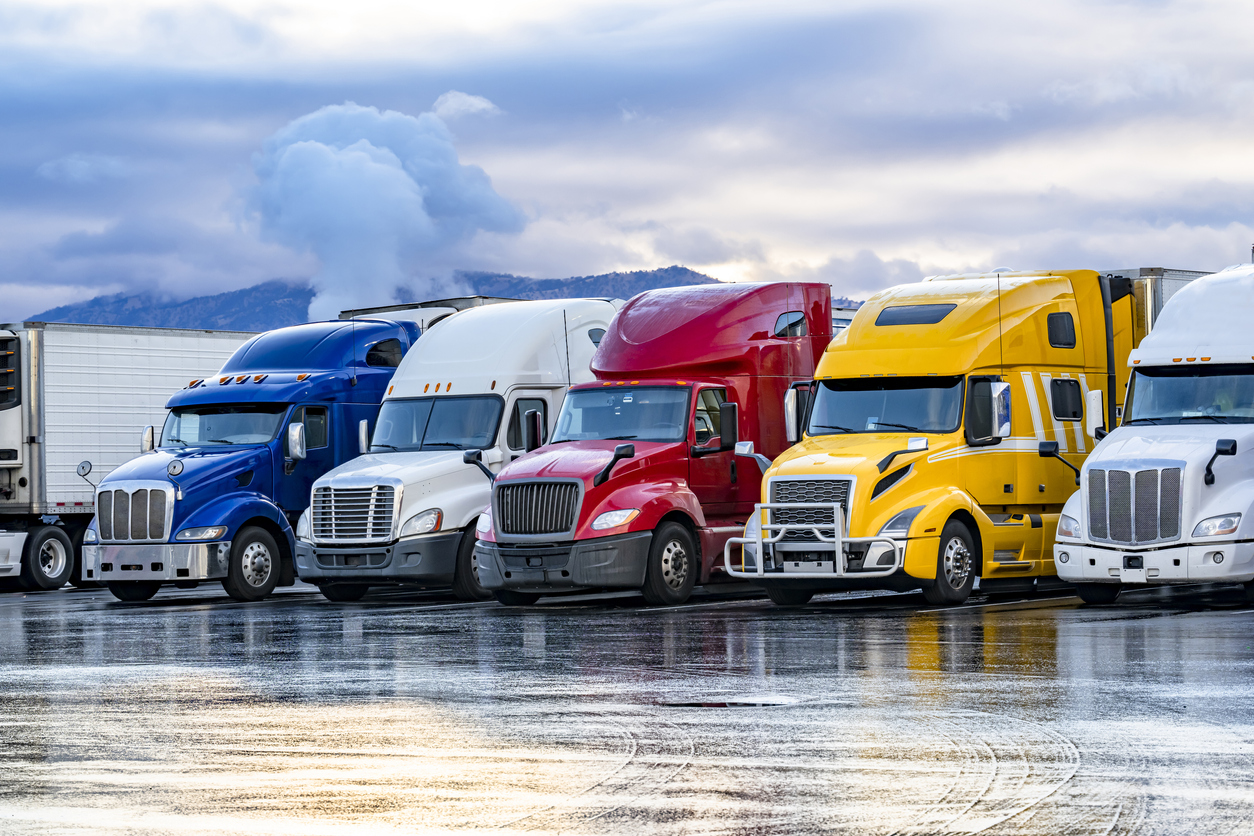
Understanding these components highlights a truck’s core design philosophy: resilience, power, and adaptability for cargo transport and specialized functions.
Types of Trucks: A Diverse Fleet for Every Purpose
The world of trucks is incredibly diverse, with models tailored for nearly every conceivable task. They are broadly categorized by their Gross Vehicle Weight Rating (GVWR), which determines their classification and often the type of license required to operate them.
-
Light-Duty Trucks (Class 1-3):
- Pickup Trucks: The most common type, ranging from compact (e.g., Ford Maverick) to mid-size (e.g., Toyota Tacoma) and full-size (e.g., Ford F-150, Ram 1500). Used for personal hauling, light commercial work, and recreation. Often available in various cab and bed configurations.
- SUVs & Vans: While many SUVs are car-based, larger, body-on-frame SUVs (e.g., Chevrolet Suburban) share truck platforms, offering significant towing and cargo capacity. Cargo and passenger vans also frequently utilize truck chassis.
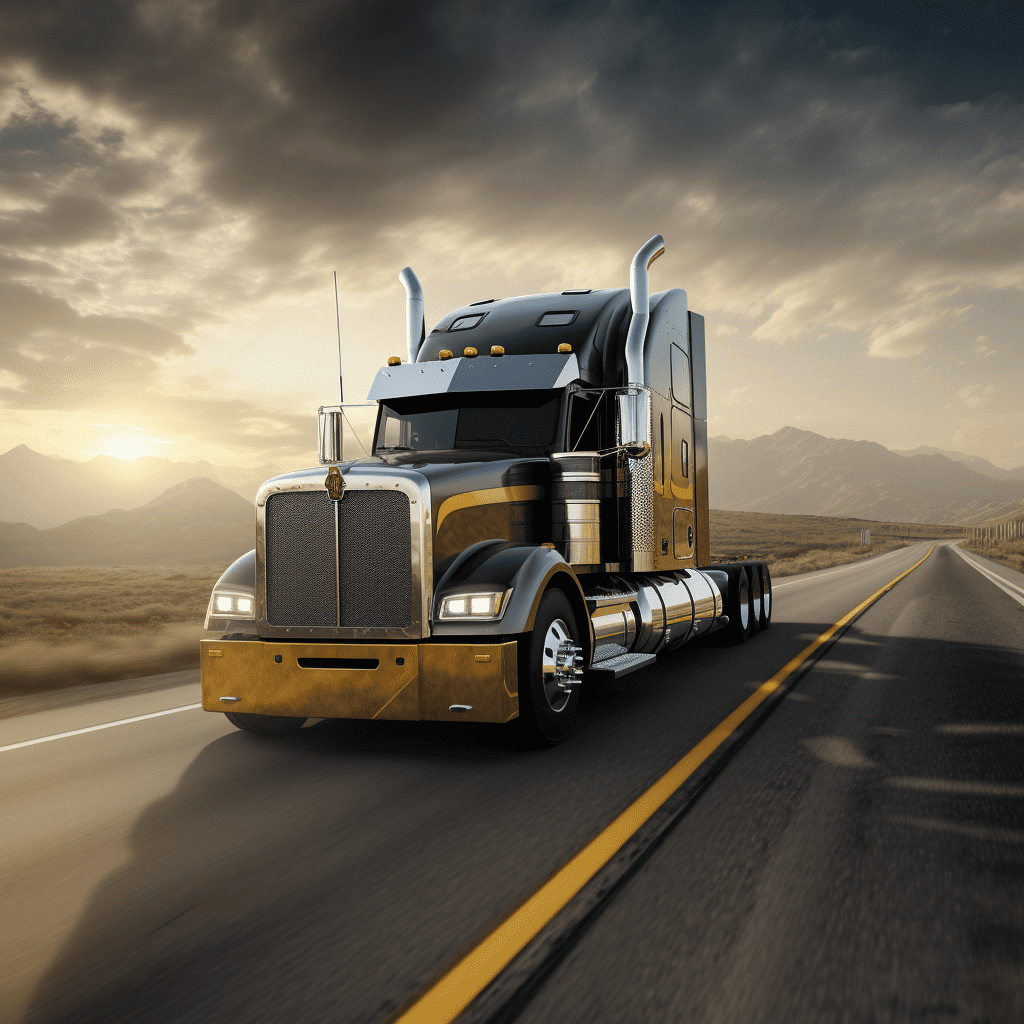
-
Medium-Duty Trucks (Class 4-6):
- Box Trucks (Straight Trucks): Featuring an enclosed cargo area directly attached to the chassis, commonly used by moving companies, delivery services, and for local freight.
- Dump Trucks (Smaller): Used for transporting loose materials like sand, gravel, and dirt, with a hydraulically operated bed that tips to unload.
- Utility Trucks: Equipped with specialized bodies for specific trades, such as service trucks for electricians, plumbers, or telecommunication crews.
- Tow Trucks: Designed for vehicle recovery and transport.
-
Heavy-Duty Trucks (Class 7-8):
- Semi-Trucks / Tractor-Trailers (Class 8): The quintessential long-haul vehicles, consisting of a tractor unit (the "semi" or "big rig") that pulls a detachable trailer. They form the backbone of interstate commerce.
- Large Dump Trucks: Robust vehicles used in heavy construction, mining, and quarry operations for massive loads of material.
- Concrete Mixers: Trucks equipped with a rotating drum to mix and transport concrete to construction sites.
- Fire Trucks & Specialty Vehicles: Highly customized trucks for emergency services, refuse collection, logging, and other industrial applications.
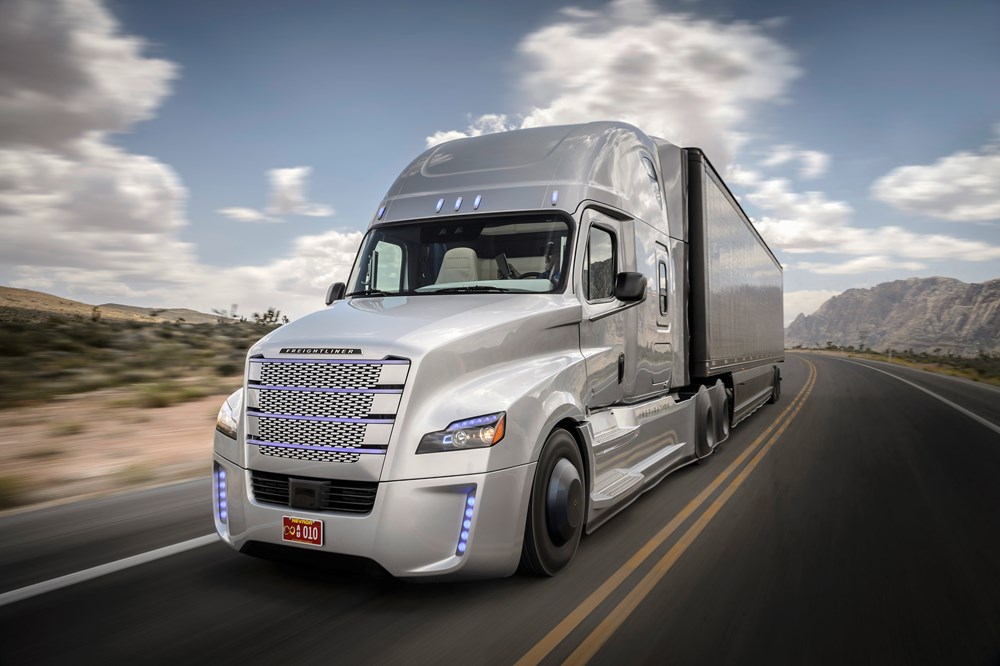
Beyond these traditional categories, the industry is seeing a rise in Electric Trucks (from pickups like the Ford F-150 Lightning to commercial semi-trucks like the Tesla Semi) and the ongoing development of Autonomous Trucks, promising to reshape the future of logistics and transport.
The Indispensable Benefits of Truck Ownership & Operation
The widespread adoption of trucks across diverse sectors is a testament to their numerous advantages:
- Unrivaled Versatility: A truck can be adapted for virtually any task – from transporting furniture and construction materials to towing boats, plowing snow, or serving as a mobile workshop.
- Superior Capacity: Trucks are engineered to handle significant payloads and towing weights, making them indispensable for moving large or heavy items that passenger vehicles simply cannot.
- Exceptional Durability: Built with robust frames, heavy-duty suspensions, and powerful drivetrains, trucks are designed to withstand challenging conditions, rough terrains, and continuous heavy use.
- Economic Backbone: Commercially, trucks are the lifeblood of supply chains, enabling the flow of goods, raw materials, and finished products, thereby supporting industries and creating millions of jobs globally.
- Personal Utility & Recreation: For individuals, trucks offer practical benefits for home projects, outdoor adventures (camping, off-roading), and towing recreational vehicles, enhancing lifestyle flexibility.
- Specialized Capabilities: Many trucks are purpose-built for highly specific tasks, from delivering refrigerated goods to operating as mobile cranes, offering tailored solutions for complex needs.
Choosing the Right Truck: Important Considerations
Selecting the appropriate truck requires careful evaluation of your specific needs and budget.
- Intended Use: Are you buying for personal hauling, heavy commercial freight, off-road adventures, or a specific trade? Your primary use case dictates the type and features needed.
- Payload & Towing Capacity: Crucially, determine the maximum weight you anticipate carrying or towing. Always err on the side of caution and ensure the truck’s capabilities exceed your heaviest anticipated load.
- Fuel Type & Efficiency: Gasoline trucks are common for light-duty, while diesel offers superior torque and fuel economy for heavy-duty applications. Electric trucks are emerging as a clean alternative, though charging infrastructure and range are considerations.
- Maintenance & Operating Costs: Factor in fuel costs, insurance, tire replacement (especially for commercial trucks), and routine maintenance. Larger, more complex trucks generally have higher running costs.
- Features & Technology: Modern trucks offer advanced safety features (ADAS), infotainment systems, connectivity options, and specialized towing aids. Prioritize features that enhance safety, efficiency, and comfort for your specific use.
- New vs. Used: New trucks offer warranties, the latest technology, and customization options but come with a higher price tag and immediate depreciation. Used trucks can be more budget-friendly but require thorough inspection.
- Regulatory Compliance (Commercial): For commercial operations, understand weight limits, licensing requirements (e.g., Commercial Driver’s License – CDL), hours-of-service regulations, and emissions standards relevant to your region.
Operating and Maintaining Your Truck: Practical Advice
Proper operation and diligent maintenance are key to ensuring the longevity, safety, and efficiency of your truck.
- Pre-Trip Inspections: Before every journey (especially commercial ones), conduct a thorough inspection. Check tires (pressure, tread), lights, fluid levels (oil, coolant, brake fluid), brakes, and ensure cargo is properly secured.
- Loading & Weight Distribution: Always adhere to the truck’s Gross Vehicle Weight Rating (GVWR) and Gross Axle Weight Ratings (GAWR). Distribute weight evenly to maintain stability and prevent undue stress on axles or suspension. Overloading is dangerous and illegal.
- Towing Best Practices: Use the correct hitch for your load, ensure trailer brakes are functional, and understand trailer sway control. Drive slower, allow more stopping distance, and be mindful of increased blind spots.
- Routine Maintenance: Follow the manufacturer’s recommended service schedule. This typically includes regular oil changes, tire rotations, fluid checks, filter replacements (air, fuel, cabin), and brake inspections.
- Defensive Driving: Due to their size and weight, trucks have longer stopping distances and larger blind spots. Drive defensively, anticipate traffic, and maintain ample following distance. Be aware of your vehicle’s height and width, especially in urban areas or underpasses.
- Safety First: Always wear your seatbelt. Ensure all cargo is properly secured to prevent shifting during transit. For commercial drivers, manage fatigue by adhering to rest regulations.
Challenges and Solutions in the Trucking World
Despite their immense utility, trucks and the trucking industry face several challenges:
- Fuel Costs: Volatile fuel prices significantly impact operating costs.
- Solutions: Invest in fuel-efficient models, optimize routes, consider alternative fuels (CNG, electric), and implement aerodynamic enhancements.
- Driver Shortages (Commercial): The demand for qualified commercial truck drivers often outstrips supply.
- Solutions: Improve driver training programs, offer competitive wages and benefits, enhance working conditions, and explore automation for certain routes.
- Maintenance Expenses: The wear and tear on heavy-duty vehicles can lead to substantial repair costs.
- Solutions: Implement rigorous preventative maintenance schedules, use high-quality parts, and work with certified mechanics to prevent major breakdowns.
- Regulatory Compliance: Navigating a complex web of local, state, and federal regulations regarding weight, emissions, and driver hours.
- Solutions: Stay informed about current laws, invest in compliant equipment, and utilize fleet management software to track adherence.
- Environmental Concerns: Emissions from diesel trucks contribute to air pollution.
- Solutions: Adopt newer models with advanced emissions control technologies, transition to electric or hydrogen fuel cell trucks, and promote efficient driving practices.
- Traffic Congestion & Infrastructure: Deteriorating roads and increasing traffic can lead to delays and increased wear on vehicles.
- Solutions: Utilize advanced route planning, advocate for infrastructure investment, and support smart city initiatives to optimize traffic flow.
Truck Price Guide (Estimated Ranges)
Please note that these are estimated ranges and can vary wildly based on make, model, year, trim level, features, condition (for used), regional market demand, and current economic factors. Specialty trucks can have significantly higher price tags.
| Truck Type / Category | New Price Range (USD) | Used Price Range (USD) | Key Considerations |
|---|---|---|---|
| Light-Duty Pickup (e.g., F-150, Ram 1500) | $35,000 – $85,000+ | $15,000 – $60,000 | Trim level, engine, 4×4, luxury features, mileage |
| Electric Pickup (e.g., F-150 Lightning) | $50,000 – $95,000+ | $40,000 – $80,000 | Battery range, charging infrastructure |
| Medium-Duty Box Truck (e.g., Isuzu NPR, F-550 chassis) | $55,000 – $120,000+ | $25,000 – $80,000 | Box size, liftgate, engine type, mileage |
| New Semi-Truck (Tractor Unit – Class 8) | $120,000 – $250,000+ | $40,000 – $150,000 | Engine, sleeper cab, transmission, mileage (used) |
| Large Dump Truck (Construction Grade) | $150,000 – $350,000+ | $50,000 – $200,000 | Axle configuration, hauling capacity, specialized features |
| Specialty Trucks (e.g., Fire Truck, Crane Truck) | $300,000 – $1,000,000+ (or more) | $100,000 – $500,000+ | Highly variable; depends on customization and equipment |
Frequently Asked Questions (FAQ)
Q1: What is the difference between a light, medium, and heavy-duty truck?
A1: The classification is based on Gross Vehicle Weight Rating (GVWR). Light-duty trucks (Class 1-3) are typically under 14,000 lbs GVWR. Medium-duty (Class 4-6) range from 14,001 to 26,000 lbs GVWR. Heavy-duty trucks (Class 7-8) are over 26,000 lbs GVWR.
Q2: Do I need a special license to drive a truck?
A2: For light-duty trucks (e.g., most pickups), a standard driver’s license is usually sufficient. However, for most medium and all heavy-duty commercial trucks (including semi-trucks), a Commercial Driver’s License (CDL) is required, often with specific endorsements depending on the cargo or vehicle type.
Q3: What are the most important things to consider when buying a used truck?
A3: Key considerations include a comprehensive pre-purchase inspection by a trusted mechanic, checking the vehicle’s history report (e.g., CarFax) for accidents or salvage titles, verifying mileage and maintenance records, and assessing the condition of tires, brakes, and the drivetrain.
Q4: How often should I service my truck?
A4: Adhere to the manufacturer’s recommended service intervals, which can vary based on mileage, hours of operation, and driving conditions. Generally, oil changes are every 5,000-10,000 miles, with more comprehensive inspections every 15,000-30,000 miles. Commercial trucks often have stricter maintenance schedules.
Q5: What is "payload capacity" and "towing capacity"?
A5: Payload capacity refers to the maximum weight a truck can carry in its bed or cargo area, including passengers and their gear. Towing capacity is the maximum weight a truck can safely pull behind it in a trailer. Both are critical specifications for safe and efficient operation.
Q6: Are electric trucks a viable option for the future?
A6: Yes, electric trucks are rapidly becoming a viable and increasingly attractive option, especially for local and regional routes where range anxiety is less of a concern. As battery technology improves and charging infrastructure expands, they are expected to play a significant role in reducing emissions and operating costs for many fleets.
Conclusion
The truck, in its myriad forms, is far more than just a means of transport; it is an enduring symbol of capability, resilience, and economic progress. From the compact pickup helping a homeowner with weekend projects to the colossal semi-trailer traversing continents, trucks are indispensable for moving our world forward. Understanding their design, diverse applications, and the operational considerations involved empowers individuals and businesses to harness their immense potential. As technology continues to evolve, pushing towards cleaner and smarter solutions, the truck will undoubtedly remain an indispensable giant, adapting to new challenges and continuing to underpin the fabric of modern society.

